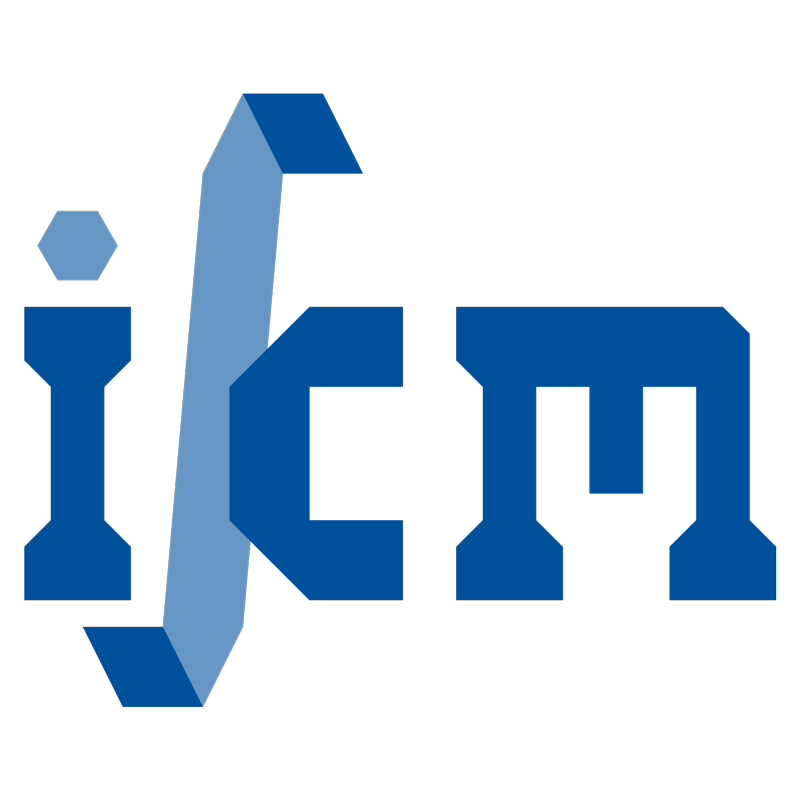A matrix-free isogeometric Galerkin method for Karhunen–Loève approximation of random fields using tensor product splines, tensor contraction and interpolation based quadrature
- authored by
- Michal L. Mika, Thomas J.R. Hughes, Dominik Schillinger, Peter Wriggers, René R. Hiemstra
- Abstract
The Karhunen–Loève series expansion (KLE) decomposes a stochastic process into an infinite series of pairwise uncorrelated random variables and pairwise L2-orthogonal functions. For any given truncation order of the infinite series the basis is optimal in the sense that the total mean squared error is minimized. The orthogonal basis functions are determined as the solution of an eigenvalue problem corresponding to the homogeneous Fredholm integral equation of the second kind, which is computationally challenging for several reasons. Firstly, a Galerkin discretization requires numerical integration over a 2d dimensional domain, where d, in this work, denotes the spatial dimension. Secondly, the main system matrix of the discretized weak-form is dense. Consequently, the computational complexity of classical finite element formation and assembly procedures as well as the memory requirements of direct solution techniques become quickly computationally intractable with increasing polynomial degree, number of elements and degrees of freedom. The objective of this work is to significantly reduce several of the computational bottlenecks associated with numerical solution of the KLE. We present a matrix-free solution strategy, which is embarrassingly parallel and scales favorably with problem size and polynomial degree. Our approach is based on (1) an interpolation based quadrature that minimizes the required number of quadrature points; (2) an inexpensive reformulation of the generalized eigenvalue problem into a standard eigenvalue problem; and (3) a matrix-free and parallel matrix–vector product for iterative eigenvalue solvers. Two higher-order three-dimensional C0-conforming multipatch benchmarks illustrate exceptional computational performance combined with high accuracy and robustness.
- Organisation(s)
-
Institute of Mechanics and Computational Mechanics
Institute of Continuum Mechanics
- External Organisation(s)
-
University of Texas at Austin
- Type
- Article
- Journal
- Computer Methods in Applied Mechanics and Engineering
- Volume
- 379
- ISSN
- 0045-7825
- Publication date
- 01.06.2021
- Publication status
- Published
- Peer reviewed
- Yes
- ASJC Scopus subject areas
- Computational Mechanics, Mechanics of Materials, Mechanical Engineering, General Physics and Astronomy, Computer Science Applications
- Electronic version(s)
-
http://arxiv.org/abs/2011.13861 (Access:
Open)
https://doi.org/10.1016/j.cma.2021.113730 (Access: Closed)
-
Details in the research portal "Research@Leibniz University"


